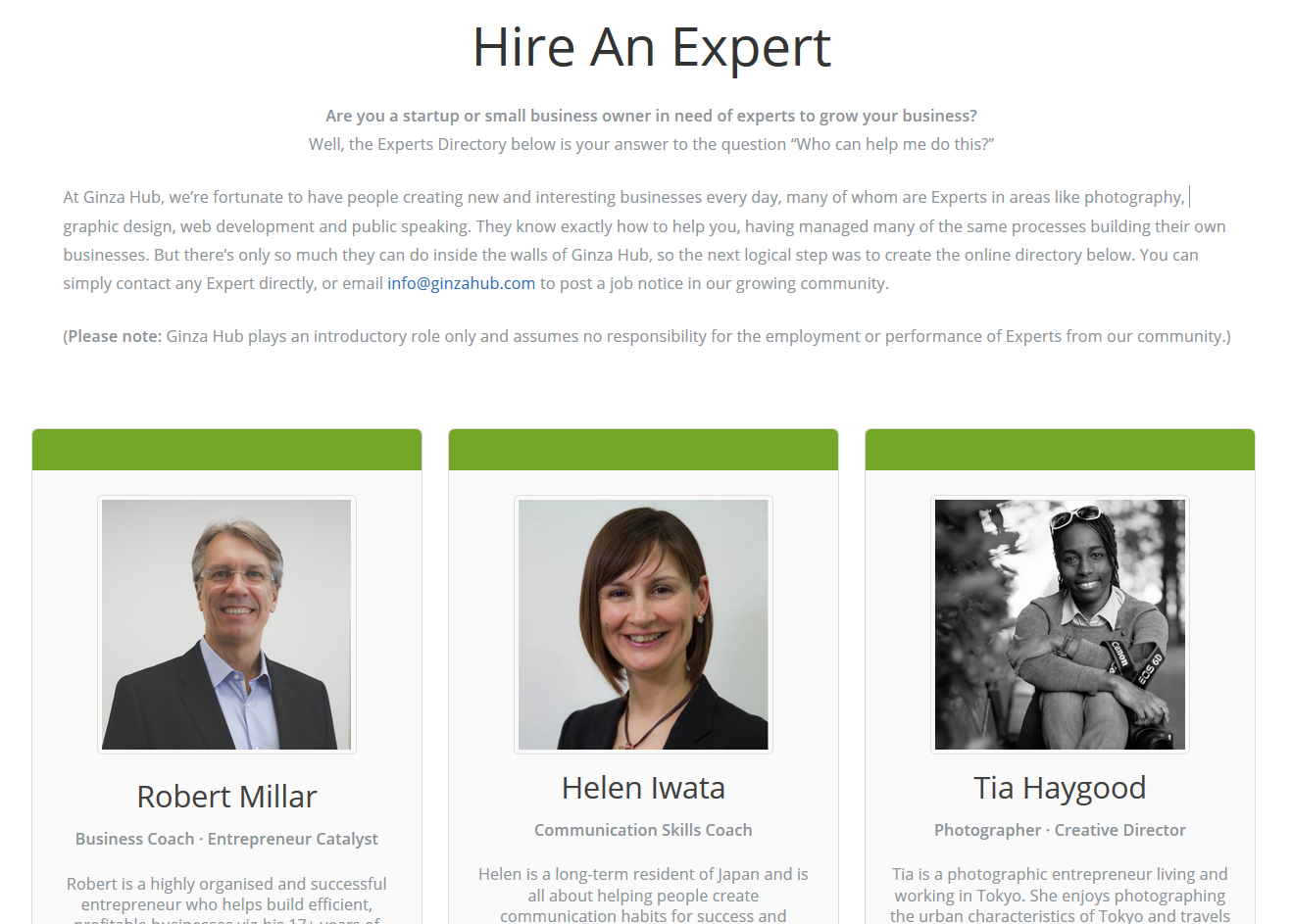Malaysian Students Create 3 Startups In 15 Minutes At Ginza Hub
 Last week I had the pleasure of mentoring a group of switched on young international business students from Monash University Malaysia, a branch campus of the Australian Monash University, right here at Ginza Hub. They were travelling to Vietnam and Japan to learn about local business environments, to visit various companies and their representatives, and to cover different areas of business from HR to franchising to manufacturing.
Last week I had the pleasure of mentoring a group of switched on young international business students from Monash University Malaysia, a branch campus of the Australian Monash University, right here at Ginza Hub. They were travelling to Vietnam and Japan to learn about local business environments, to visit various companies and their representatives, and to cover different areas of business from HR to franchising to manufacturing.
I imagined that these young Malaysian, Chinese, Indian and Bangladeshi students would be bored silly listening to executives from big Japanese corporations drone on about corporate economics and such, so I thought I’d shake things up a bit by asking them to create their own startups during my presentation, in just 15 minutes. And damn! They stepped up to the challenge and did just that! Here’s what happened…
 I was given the topic of “local management style and its applicability in foreign ventures” so I laid the setting by welcoming everyone to Ginza Hub, Tokyo’s only everything-in-English co-working space, and presenting two of the major business models used in Japan, The Standard Business Model and The Lean Startup Model.
I was given the topic of “local management style and its applicability in foreign ventures” so I laid the setting by welcoming everyone to Ginza Hub, Tokyo’s only everything-in-English co-working space, and presenting two of the major business models used in Japan, The Standard Business Model and The Lean Startup Model.
- The Standard Business Model – Describes how an organisation creates, delivers and captures value, enabling both new and existing businesses to focus on operational, strategic and marketing efforts. It’s all about developing the relationships between customers, suppliers, partners, and stakeholders, and extending best-selling products. Very much old school Japan (and a bit of a yawn…)
- The Lean Startup Model – An adaptation of the Standard Business Model which promises an actionable and entrepreneur-focused business. It focuses on problems, solutions, key metrics and competitive advantages. It deeply focuses on startup factors like uncertainty and risk by identifying a problem worth solving, by validating a solution in the marketplace via a Minimum Viable Product or “MVP”, by measuring key metrics, and by establishing a competitive advantage. It’s rapidly becoming the new face of Japan.
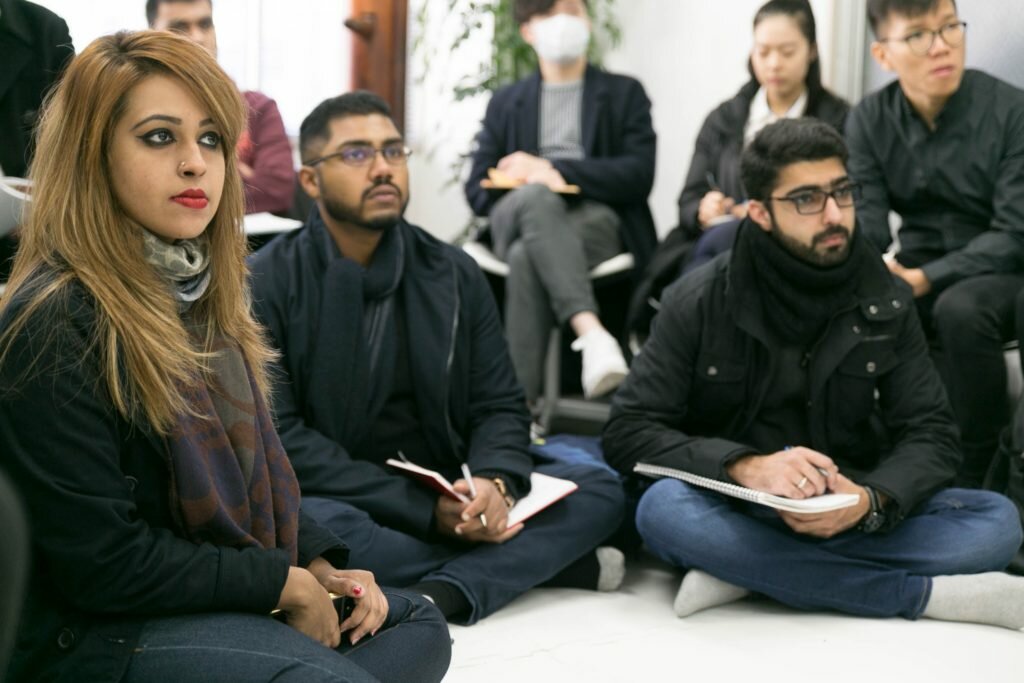 The students were clearly familiar with these two business models, judging by the looks on their faces, so I quickly moved on to the next phase.
The students were clearly familiar with these two business models, judging by the looks on their faces, so I quickly moved on to the next phase.
I proposed the complication by explaining how a former Australian business of mine followed the Standard Business Model diligently, only to fail spectacularly because we never really identified a problem worth solving and certainly didn’t think about validating our solution in the marketplace pre-launch. I used a lot of big gestures for this, even a “mic drop” (using a whiteboard marker, ha!) along with some exaggerated facial expressions to show my true dismay at having lost that otherwise cool business, and the students started to warm to my story.
I then delivered the turning point by showing them the very different story of Ginza Hub’s complete success as a startup, sketched out on a huge sheet of paper which had startup guru Ash Maurya’s Lean Startup Canvas printed on it. I showed them that the creation and development of Ginza Hub had this time not followed the the Standard Business Model at all, but instead had followed the Lean Startup Model (which I’ve created a short course on here), complete with a genuine problem worth solving and real validation in the target marketplace via an MVP, and I believe I then had their full attention.
So, at that moment, I decided to release Surprise Number 1 :
 I told the students not to simply take my word for it that the Lean Startup Model really worked, but to take it from a young entrepreneur, who’s startup wasn’t even a year old, but who was amazingly just about to hit her first big revenue target. Enter Ginza Hub expert and superstar photographer, the lovely Tia Haygood.
I told the students not to simply take my word for it that the Lean Startup Model really worked, but to take it from a young entrepreneur, who’s startup wasn’t even a year old, but who was amazingly just about to hit her first big revenue target. Enter Ginza Hub expert and superstar photographer, the lovely Tia Haygood.
Up to this point in the presentation, Tia had been quietly moving about the room taking photos and pretending to be a local photo journalist or some such. Then I called her up to the “stage” and asked her to map out her own business on another huge Lean Startup Canvas fixed to the whiteboard. Many of the students were leaning forward now, and seemed really impressed with Tia and how she was able to deftly describe how she stepped away from the comfort of regular employment to follow her startup dream, and how she was actually making that dream happen (just look at the photos in this post to see clear evidence of that!)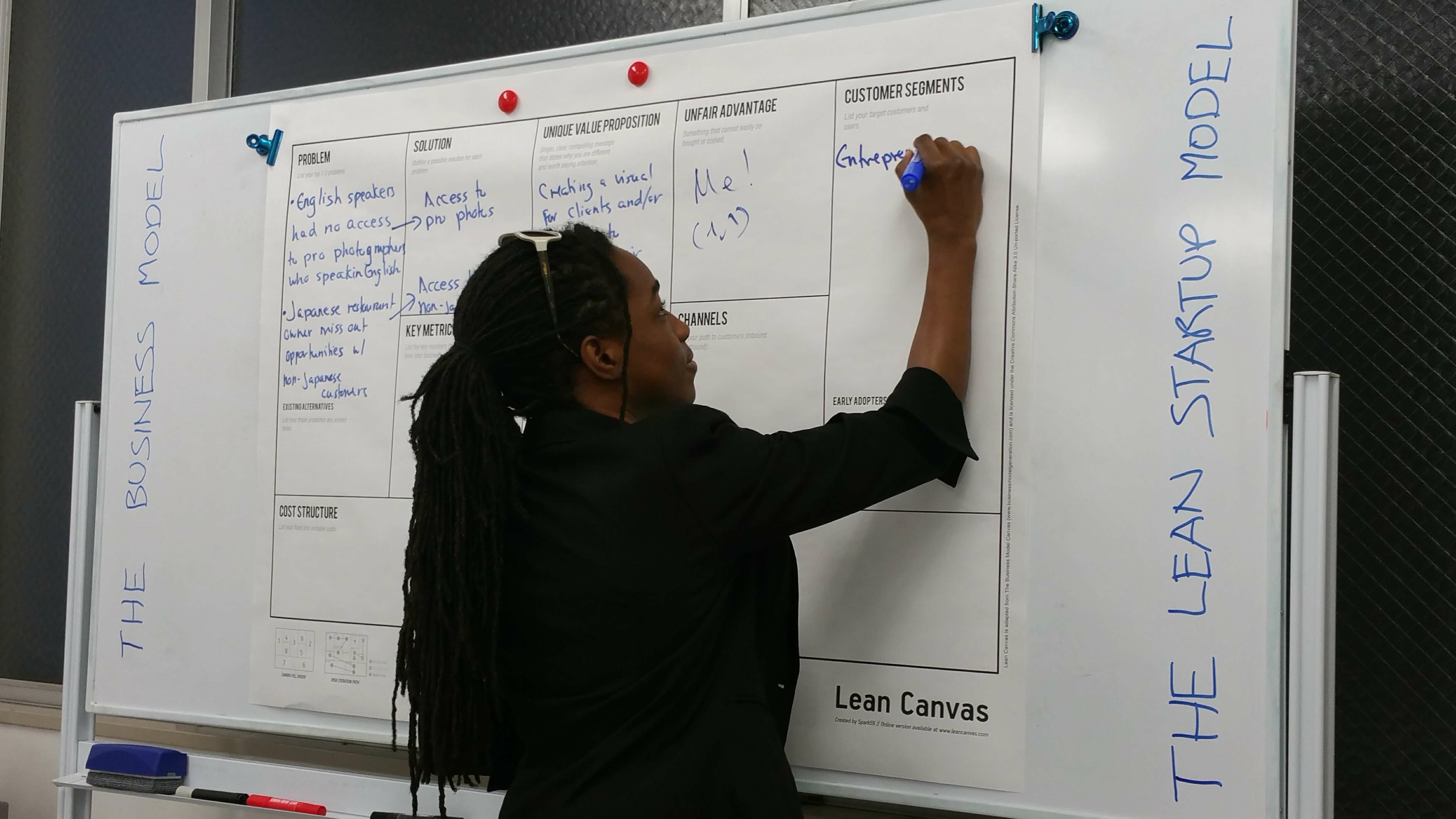
So, when Tia was finished with her presentation, I decided to release Surprise Number 2 :
I told the students that, given what they’d just learned from Tia and I, they had 15 minutes to create a startup of their own! Ha!
We divided them into 3 teams, each with big Lean Startup Canvases and whiteboard pens, and started the timer! I was truly amazed at the awesome collaboration and synergy (and panic!) that this exercise produced (Surprise Number 3, maybe?) And when the time ran out we had some really great ideas down on paper in a meaningful flow.
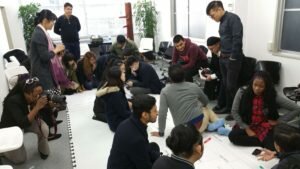 Each team then selected a presenter or two to get up and pitch their startup idea to the entire crowd. We then voted for the best startup, which ended up being an offline phone application showing maps and places of interest in the Malaysian capital to help foreign tourists navigate that fair city without any phone network or WiFi access. Brilliant!
Each team then selected a presenter or two to get up and pitch their startup idea to the entire crowd. We then voted for the best startup, which ended up being an offline phone application showing maps and places of interest in the Malaysian capital to help foreign tourists navigate that fair city without any phone network or WiFi access. Brilliant!
 Once all the chatting and laughing had died down, I concluded the presentation with the resolution and, of course, the point!
Once all the chatting and laughing had died down, I concluded the presentation with the resolution and, of course, the point!
I suggested that the old, slow, over-complex Standard Business Model had had it’s time, and that as startups went from novelties to serious market movers in Japan, the Lean Startup Model would rapidly become the new standard in meaningful business. I then compelled each of the students present, as potential future business owners in our region, to consider adopting this standard too.
 After an intelligent and very thought-provoking Q&A session, we then all moved from the conference & event room upstairs to the Ginza Hub co-working area for a quick tour. There the students got to see real entrepreneurs building real businesses, plus we’d set up monitors at either end of the room displaying TopTia‘s photographic portfolio to underscore Tia’s remarkable journey.
After an intelligent and very thought-provoking Q&A session, we then all moved from the conference & event room upstairs to the Ginza Hub co-working area for a quick tour. There the students got to see real entrepreneurs building real businesses, plus we’d set up monitors at either end of the room displaying TopTia‘s photographic portfolio to underscore Tia’s remarkable journey.
A few of the students approached me there with really positive feedback about the presentation. And the faculty members gave me a wonderful plaque of appreciation, in gold leaf no less, which they’d brought all the way from Malaysia and which now sits in a place of honour at Ginza Hub for all to see.
Honestly, if my mentoring efforts here have encouraged even one of these students to forego his or her future life as a corporate drone and instead go forth as an educated and prepared entrepreneur, then it’ll have been more than worth my while… Rock on, younglings!
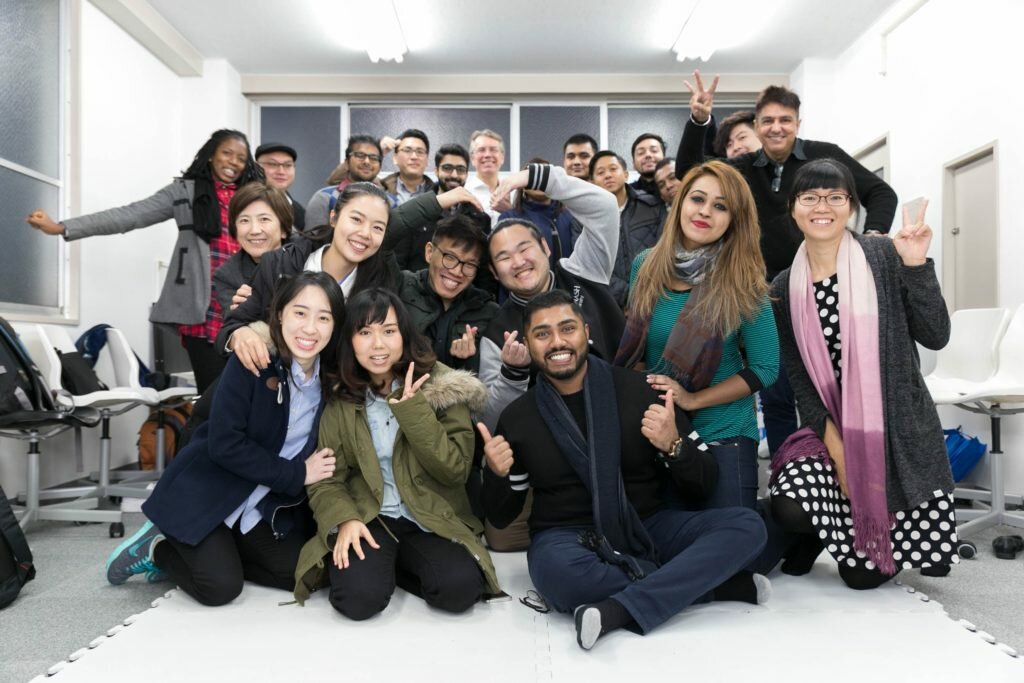
* Big shout outs to MIB students Eugene (You’ll go far, this I know!), Davish (I actually liked your startup idea the best. Here’s a hint why!), Brian (first to market is usually the winner, right?) and lovely Mash who had such kind words after the event.
Ok, I’ll see you all in Tokyo again when you’re ready to launch! 😉

